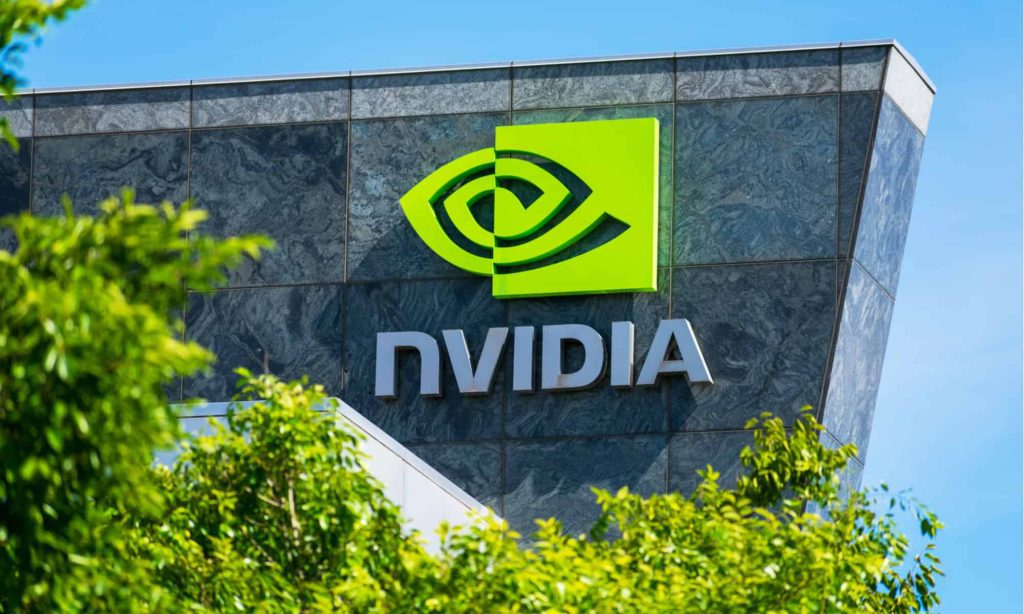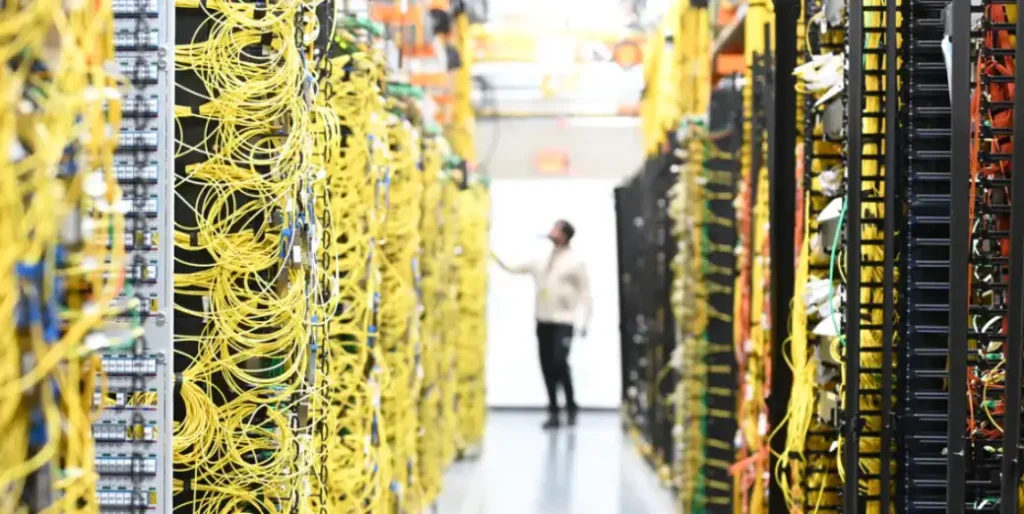Nvidia, a dominant player in the global chip industry, has taken a financial hit of approximately $5.5 billion due to recently imposed licensing fees and regulatory hurdles in China, one of its most lucrative markets. This development has sent ripples through the tech sector and raised fresh concerns about the long-term outlook for U.S. semiconductor giants operating in China’s tightening regulatory landscape.
New licensing policy disrupts Nvidia’s China operations
The financial setback comes as a direct result of new Chinese licensing requirements affecting foreign semiconductor companies. These policies now mandate hefty licensing charges and compliance costs for firms that wish to export high-performance computing chips and AI accelerators to the Chinese market. Nvidia, known for its industry-leading GPUs, has found itself especially vulnerable due to its extensive presence in China.
According to sources familiar with the matter, Nvidia had forecast significant revenue from upcoming Chinese contracts—many of which are now stalled or scrapped due to regulatory delays and the high cost of compliance. The total estimated impact on revenue is reported to be around $5.5 billion, a figure that has alarmed both shareholders and market analysts.
Analysts see potential risk to broader stock market
The consequences of Nvidia’s financial hit extend beyond the company itself. Analysts are warning that Nvidia’s challenges could weigh heavily on broader U.S. stock market performance. The chipmaker accounts for roughly 25% of projected earnings growth for the Nasdaq and S&P 500 tech sectors in 2025. If revenue continues to fall short of expectations, other tech stocks could also come under pressure.
“This is not just about Nvidia. This could significantly affect tech-heavy indices if growth expectations are revised,” said James Hanley, a tech equity strategist at Crescent Financial. “Investors have priced in Nvidia’s dominance in AI and data center chips—any disruption in that narrative is a market-wide concern.”
Geopolitical tension adds to uncertainty
Nvidia’s struggle in China also reflects growing geopolitical friction between Washington and Beijing. The U.S. has placed export restrictions on advanced chip technologies, while China has responded by tightening its own domestic tech policies, including additional requirements for foreign chipmakers. This tit-for-tat dynamic has complicated business for companies like Nvidia, which rely heavily on cross-border supply chains and global sales.
The Chinese government is also actively promoting domestic alternatives to Nvidia’s AI and data center solutions. As part of Beijing’s ongoing push for technological self-reliance, several local chipmakers have ramped up production of homegrown AI accelerators, posing longer-term competitive risks for U.S. firms.
Investors eye next earnings report for guidance
With this financial hit now public, attention turns to Nvidia’s upcoming Q2 earnings report, where investors will be eager for clarity on how the company plans to manage the fallout. Executives are expected to provide updated guidance on China-related revenue, licensing cost forecasts, and any potential mitigation strategies.
Nvidia has so far remained silent on the specifics of the licensing issue, though it previously acknowledged “increased regulatory complexity” in its recent filings. The company is reportedly exploring alternative growth markets in Southeast Asia and the Middle East to reduce its dependence on China.
A defining moment for Nvidia and Big Tech
For Nvidia, this development marks a critical juncture. While its position in AI, data center infrastructure, and gaming GPUs remains strong, its global strategy now faces serious headwinds. The $5.5 billion blow highlights how geopolitical risk can swiftly derail even the most successful tech companies.
As regulatory walls rise and competition intensifies, Nvidia’s next moves will be closely watched—not only by investors but by other U.S. tech firms navigating similar risks in a fragmented global market.












